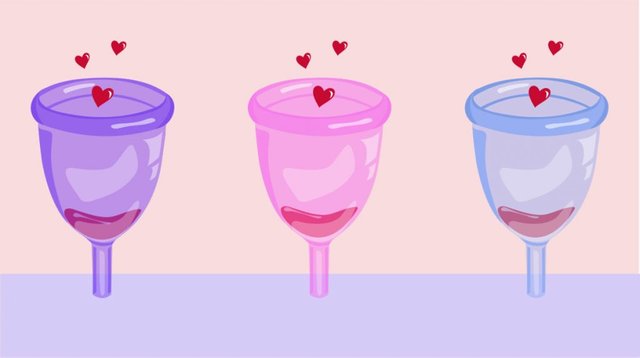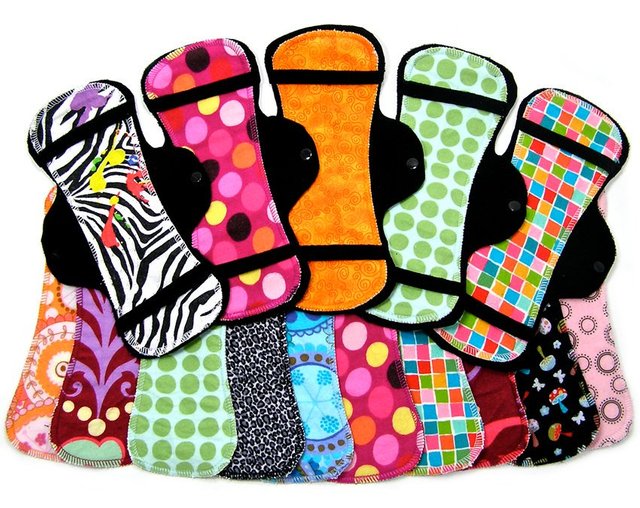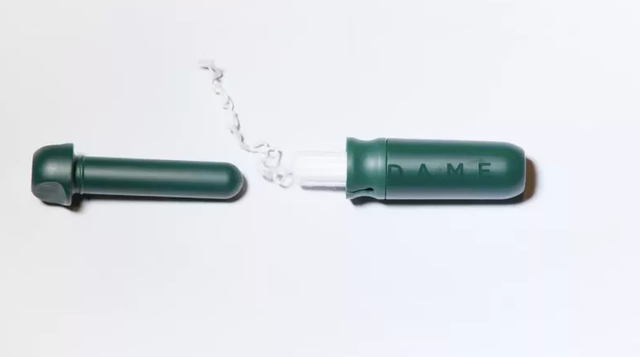
]
Now there are even more alternatives, that some people may find more accessible so it’s time for an updated version of this article with all of the new advancements in this realm to suit your needs. I get it, not everyone wants to use a menstrual cup, although some absolutely love them.
A period is something that many people have on a regular, monthly basis. Throughout our lifetime, we will have on average of 450 periods and use between 10,000-12,000 menstrual products, most of which will end up in the trash and eventually landfills. Since the majority of these products are made from plastic, rayon and chemical laden cotton, they do not biodegrade and they take thousands of years to break down.
On top of that, many of these products contain toxic chemicals that aren’t exactly good for our bodies. So, why not do what we can to limit the amount of plastic and chemical waste that ends up in our landfills, oceans, AND bodies? There are enough alternatives available now that the only excuse is essentially ignorance, laziness or straight up carelessness, if you are unaware of the alternatives, after reading this you will be fully informed.
The Cup
This is the one that most people are very wary of until they try it. Personally, I’ve been using the cup for 6 years now, and I have to say – I love it. Although, it did take me quite a few months to get used to, in my opinion it is the most sustainable option and although the reusable pads are great too, I’m just not really a pads type of person, I don’t like having that extra bulk down there. So, the cups are made of surgical grade silicon, which means they do not leach any toxins or chemicals into the body, they last a long time, although they will likely get stained over time; you can simply sanitize them by boiling them in water for 10 minutes, easy peasy.
Most cups that I have seen even come with a convenient little cotton or hemp bag to carry it in. They can hold quite a lot of fluid, depending on your flow they only need to be changed twice a day, once in the evening once in the morning, which in theory, means that you won’t even have to change it while you are out and about or at work.
Also, this method is super cost effective, assuming we spend anywhere from $3,000 – $6,000 over the course of a lifetime, even just 4 cups might cost $200 total. However, if this method just seems totally absurd to you and something that you could never see yourself actually using, have no fear, there is also the reusable pad option, which is catching on quickly…

The Reusable Pad
If again, you’re thinking something along the lines of ew…gross – then just hear me out. While the idea of having a pad that you have to wash yourself is somewhat off-putting, just think of all of the waste you’ll be saving from the landfills. There are tons of options for reusable pads and even period proof underwear, which act in the same way except they have a built-in liner. These come in many different varieties from super light to extra super flow, and even reusable liners that can be used for the day or two before or after your expected visit from Aunt Flo.
They are leak proof, generally made from organic and sustainable materials and there are so many options for you to choose to find out what works best for you and your cycle. When it’s time to wash, you simply rinse them out under hot running water and wash as you would normally with your underwear. Really, it’s not as bad as you think and the amount of waste it saves makes this option pretty much a no-brainer, well, at least one of these options.
However, if you still just can’t get around the idea of having to see or touch blood from your own cycle/body, then there is yet another option to consider…

Reusable Tampon Applicators
These are great options for times where you won’t have access to a private stall bathroom or you are out and about hiking or camping and don’t have a way to wash your pads or rinse out your cup hygienically. Reusable applicators use organic tampon inserts, similar to the smaller ones you may have seen with no applicator, and every time you have to change your tampon, you just insert a new tampon, and use the reusable applicator to insert it.
This method saves tons of plastic applicators from our landfills and oceans. Some models that are available come with a handy little carrying case and a cap. This method couldn’t be simpler, because if you are already a tampon user, it is literally the exact same method. Aside from having to simply wipe or rinse it off and sterilize it once in a while, it’s a very simple method.

Final Thoughts?
As you can clearly see there are so many easy and viable options that are not only better for your body, but better for our environment as a whole. Really, menstrual products are just one example out of millions that can be looked at in a more sustainable light and modified to reduce the amount of waste they are producing. We can all do our part to be the change, and take responsibility for our own lives and the impact we are making.
Much Love
Get Your FREE In Depth Numerology Reading
Your life path number can tell you A LOT about you.
With the ancient science of Numerology you can find out accurate and revealing information just from your name and birth date.
Get your free numerology reading and learn more about how you can use numerology in your life to find out more about your path and journey. Get Your free reading.
Source

Hi! I am a robot. I just upvoted you! I found similar content that readers might be interested in:
http://www.collective-evolution.com/2018/04/28/cups-re-usable-pads-everything-you-should-know-about-what-you-can-use-on-your-period/
Downvoting a post can decrease pending rewards and make it less visible. Common reasons:
Submit